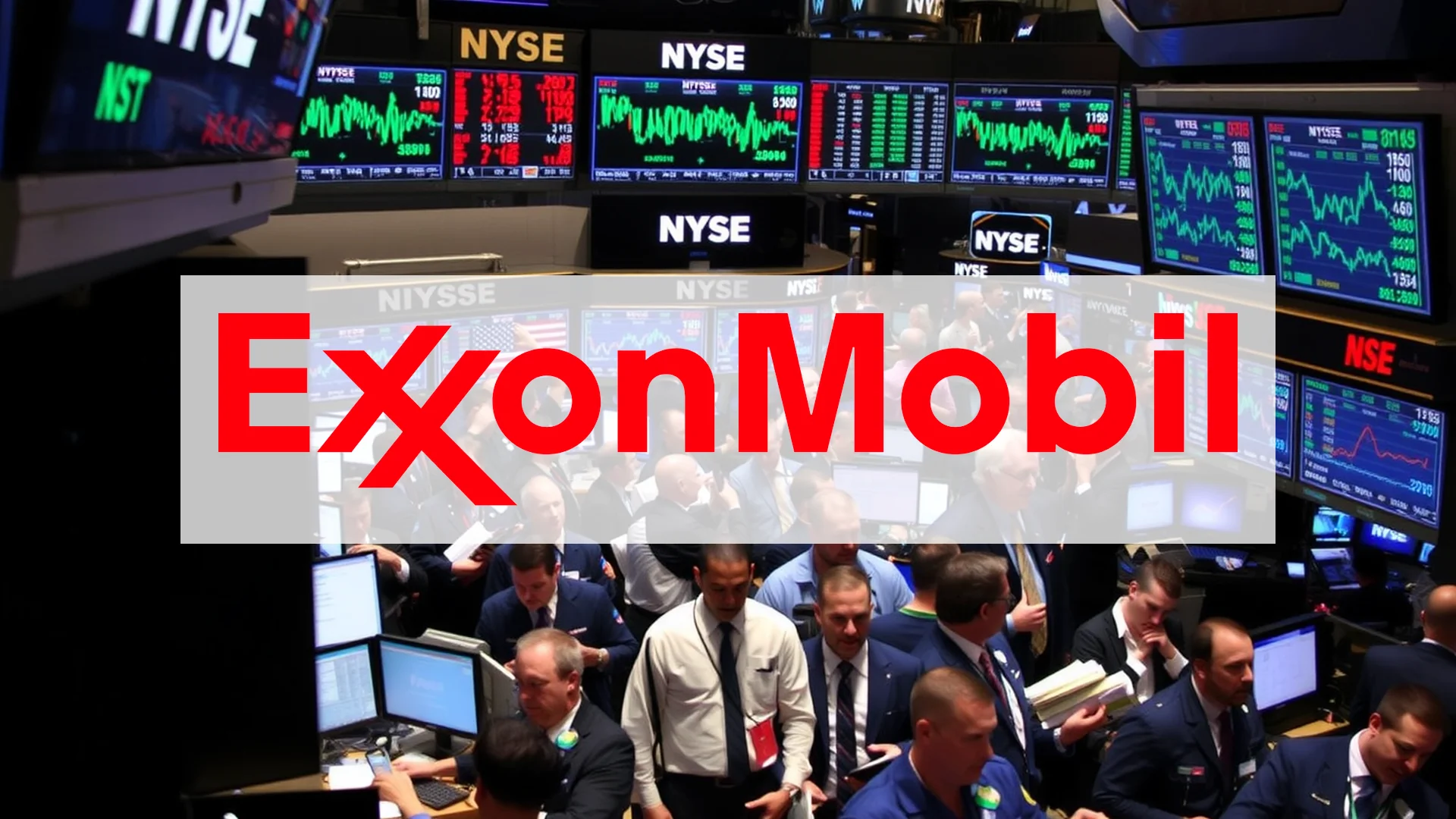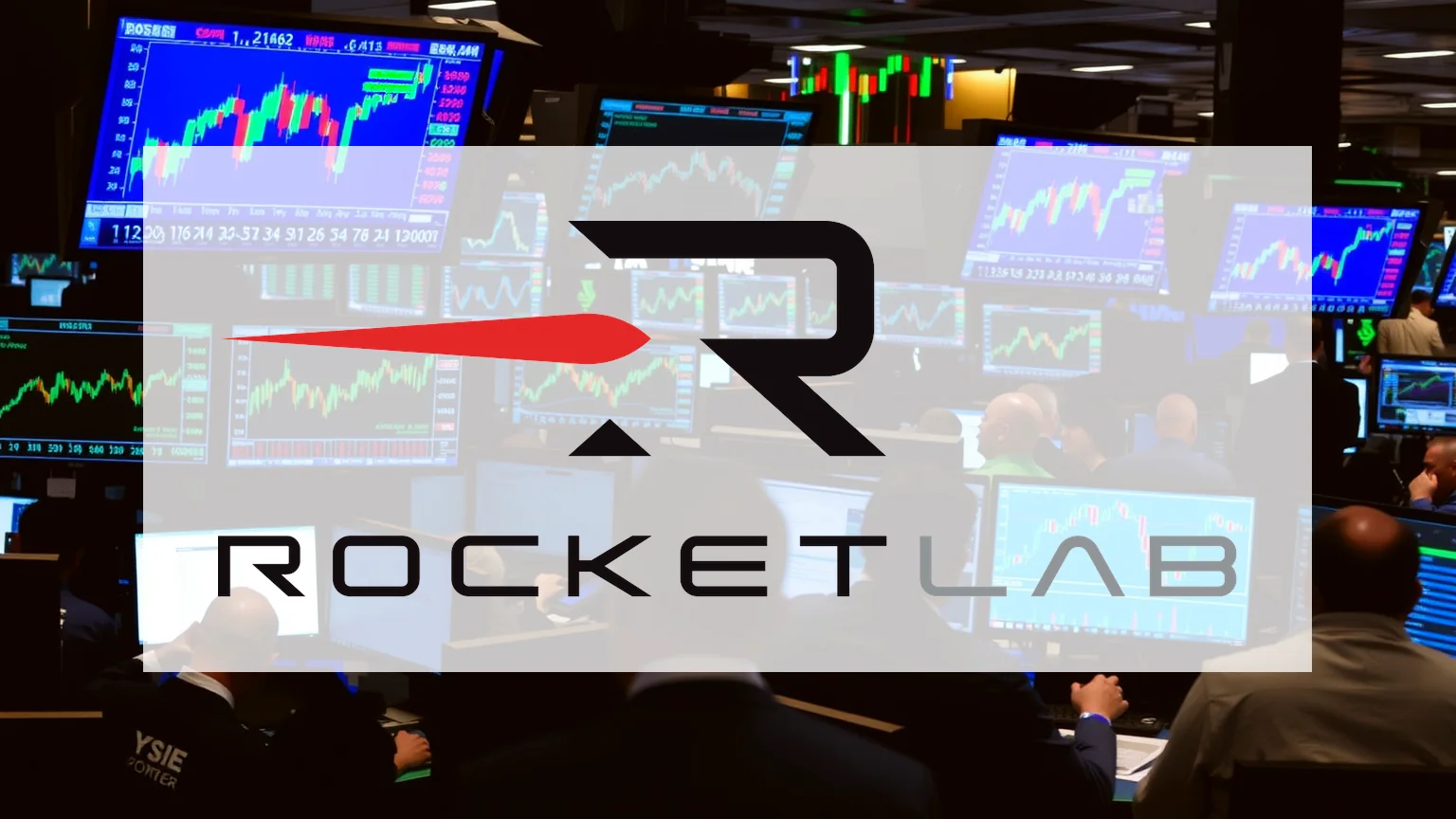Energy titan Exxon Mobil is implementing a substantial cost-cutting initiative that has ignited debate across financial markets. The company’s decision to eliminate thousands of positions raises a critical question: does this workforce reduction signal underlying weakness or mark the beginning of a successful strategic transformation? Under CEO Darren Woods’ leadership, the corporation is prioritizing operational efficiency and long-term viability, leaving investors to ponder whether these drastic measures can effectively steer the challenged oil giant toward recovery.
Financial Markets Maintain Confidence
Despite headlines focusing on job cuts, analytical sentiment toward Exxon Mobil remains predominantly positive. Among the nineteen research firms covering the company, sixteen maintain buy recommendations, with only BMO Capital adopting a more cautious stance by slightly reducing its price target while keeping a neutral rating. The consensus price objective sits at $126.78, representing approximately 14 percent upside from current trading levels.
Notably, prominent institutions including J.P. Morgan and TD Cowen have reaffirmed their optimistic outlooks. This confidence stems largely from Exxon’s promising growth ventures, particularly its expanding operations in Guyana and the liquefied natural gas (LNG) developments along the U.S. Gulf Coast.
Restructuring Reaches New Phase
The corporation’s restructuring program, initially launched in 2019, is now accelerating with plans to cut 2,000 positions globally. This reduction affects up to four percent of its total workforce and forms part of a broader strategic realignment. The initiative aims to streamline bureaucratic processes and consolidate previously independent business units into three core operational segments.
Should investors sell immediately? Or is it worth buying Exxon Mobil?
This efficiency drive has already yielded significant financial benefits, generating annual savings of $13.5 billion. Management expects to achieve an additional 30 percent reduction in operational costs by the end of the decade. Exxon Mobil joins industry peers including Chevron and BP in pursuing workforce optimization strategies amid evolving market conditions.
Building Toward 2030 Objectives
Beyond immediate cost reduction, Exxon Mobil has articulated clear long-term financial targets. The company aims to generate an incremental $20 billion in profits and $30 billion in cash flow by 2030. Early indications of progress emerged in the second quarter of 2025, when the company surpassed revenue and earnings expectations.
For income-focused investors, Exxon Mobil continues to offer appeal with a dividend yield of 3.6 percent and a price-to-earnings ratio of 15, positioning it as a relatively stable investment within the volatile energy sector. The upcoming quarterly report, scheduled for late October, will provide crucial insight into whether the cost-cutting measures are delivering tangible results or if further challenges lie ahead.
Ad
Exxon Mobil Stock: Buy or Sell?! New Exxon Mobil Analysis from October 6 delivers the answer:
The latest Exxon Mobil figures speak for themselves: Urgent action needed for Exxon Mobil investors. Is it worth buying or should you sell? Find out what to do now in the current free analysis from October 6.
Exxon Mobil: Buy or sell? Read more here...










